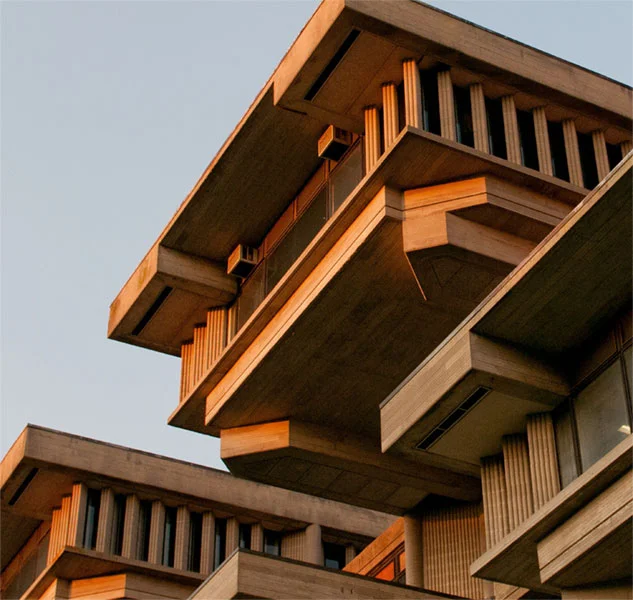
Making local government work
Boston’s City Hall, opened in 1968 and whose Brutalist architecture remains hated by many.
From Robert Whitcomb’s “Digital Diary,’’ in GoLocal24.com
‘’Those cynical about government’s capacity to help people would do well to watch famed documentary-film maker Fred Wiseman’s new movie, City Hall, about municipal government in Boston. That government, now ably led by Mayor Marty Walsh, as it was before him by Tom Menino, has been a fine example of city officials who listen to all parts of the vastly diverse population that it’s charged with serving.
The film, sometimes tedious, sometimes fascinating, shows city employees at all levels doing their often difficult and frustrating jobs with dedication. And the higher-ups don’t sugar-coat the city’s (one of America’s wealthiest) racial, socio-economic and other disparities while providing specific ways to address them.
There’s a moving segment with Mayor Walsh, in front of a veterans group, discussing his past struggles with alcoholism. He’s not particularly articulate but he’s very open.
As for the partisan remarks in the film, Mr. Wiseman says:
"City Hall is an anti-Trump film because the mayor and the people who work for him believe in democratic norms. They represent everything Donald Trump doesn't stand for."
Trump's planned 'classical' command
Two “Modernist’’ landmarks: the “Brutalist” Boston City Hall, ugly (to many people). Below, the Hancock Tower in Boston, which most people (I think) find beautiful.
From Robert Whitcomb’s “Digital Diary,’’ in GoLocal24.com
The White House is considering putting out an order called “Making Federal Buildings Beautiful Again’’ that would mandate “classical’’ styles as the default design for all new federal buildings in Greater Washington, D.C., and for all new federal buildings everywhere, including courthouses, projected to cost more than $50 million each.
Now, a lot of “classical’’ architecture is attractive in its dignified, symmetrical, solid way, and some modern architecture, especially the Brutalist (think Boston City Hall) and Deconstructivist (think the Seattle Central Library and the Stata Center at MIT), hideous to many, but not all, people. (The order would ban both styles.) Some “classical’’ architecture can look silly, with columns looking pasted on in an effort to make a building appear Graeco-Roman (and instant old); or they can recall sterile, heavy Stalinist or even Nazi-era creations.
But many people (including me) find some modern architecture gorgeous. Consider the East Wing of the National Gallery of Art in Washington or the federal courthouse in downtown Los Angeles.
The selection of architects, and of the many other people involved in getting public buildings up, should depend on their appreciation of beauty (modified by functional needs and budgetary constraints) of design and quality of materials, whatever the style. And public buildings should look as if they’re going to stand for a long, long time, as we hope (more nervously these days) the country will. Why circumscribe creativity as much as Trump wants to do? There’s a lot of it out there.
Classic “classical’’ — The National Archives, in Washington, D.C.
The beauty of a Brutalist campus
Image from the show "A Visionary Campus: Paul Rudolph and UMass Dartmouth,'' at the CVPA Campus Gallery, University of Massachusetts at Dartmouth.
Through April 28, UMass Dartmouth’s College of Visual & Performing Arts Campus Gallery's show explores the unique mid-century modern campus, in southeastern Massachusetts, through photographs, drawings and 3-D models. Some critics consider this public university campus, designed by Paul Rudolph, an architectural gem. The lead curators, Anna M. Dempsey & Allison J. Cywin, along with their curatorial team of animators, graphic designers, artists and historians, situate the campus’s architectural aesthetics within the period’s cultural history and politics. Viera Levitt's photographs of Brutalist buildings and Michael Swartz’s spherical photographs of UMass Dartmouth LARTS building will also be featured.




